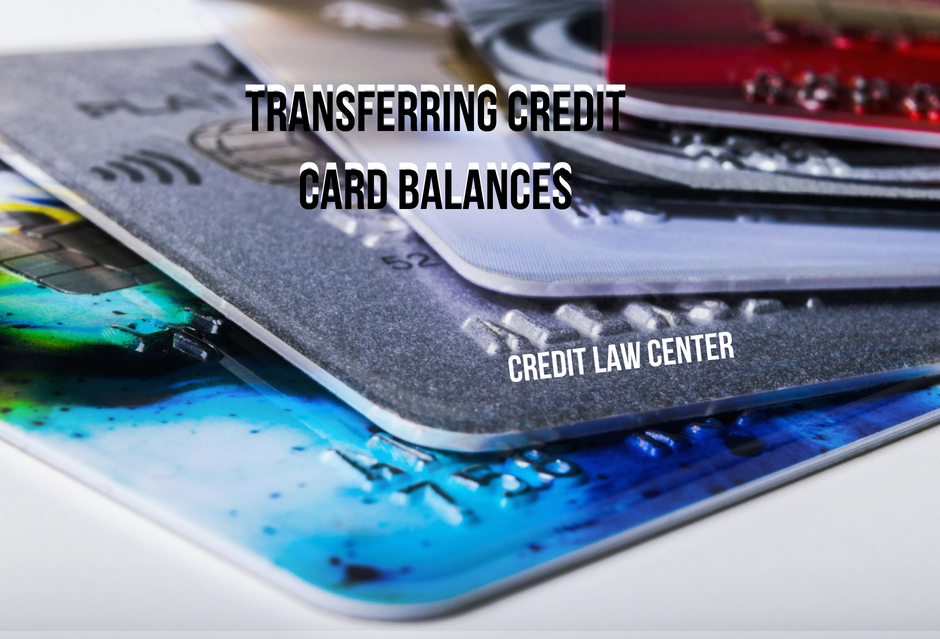Credit Card Debt & Balance Transfers
Where is your credit card debt currently at? Are you making minimum payments that don’t make a dent once your interest rates kicked in? It may be time to weigh a different option now that you are hoping to make some headway on your current debts.
Your Balances and Interest Rates
While it is always important to take into consideration the best options for you and your financial situation, we have several people that want to know more on the option to do a balance transfer. Here is how in a few short steps:
- Check your current credit card balances
- Pick a card to transfer to
- Read all information and fine print
- Apply for the balance transfer cards
- Start paying debts
Below are the steps explained in detail. Before making any quick-second decisions, be sure to educate yourself on all of the pros and cons to the balance transfer.
1. Current Credit
When you are thinking about making a balance transfer it is important to figure out what your interest (APR) is on the current credit card. When looking for a balance transfer card, you’ll want to find one that has low (no) fees and will take the actual amount you would be transferring over.
2. What Cards To Transfer To
Researching what credit cards are best to balance transfer to is very important. Depending on the amount of debt you have, you may not be able to transfer all of the debt to the card you choose. Many balance transfer cards offer a 0% introductory period for an allotted time frame.
- Check the promotional period
- Check how long the low APR will last
3. Terms and Conditions
The most important part of this transfer is understanding what the fine print states. Although the balance transfer could help you out, many of the cards have balance transfer fees associated with them, and every time you transfer balances over.
Make sure that the transfer is really going to be financially beneficial to you before moving money around. Figure out what the balance transfer fees is and then you will want to calculate the transfer fee cost, how much you could potentially save on interest and go from there.
Some balance transfer cards won’t let you transfer within the same bank, such as Citibank. If your balance is already on one Citibank card, you cannot move it to a balance transfer card.
It is also possible that when the creditor runs your credit and is deciding if you are approved, you may not become approved for the amount you are trying to switch over.

4. Application Process
As with any other credit card, you must become approved first. If you have completed the above steps and are ready to make the switch, go ahead and apply for the balance transfer card.
More than likely you can complete a balance transfer online or by phone. You will be giving your account information and the amount of the balances you wish to transfer over to them.
On average, the process takes 7 to 10 business days. Most importantly, it is important to continue to make your payments until you have been given confirmation that the transfer successfully went through.
The Pros Of A Balance Transfer
- Streamlining all credit payments onto one card
- Start fresh with low APR
- Get ahead on paying debt
- Lower interest than previous credit card
The Cons Of A Balance Transfer



